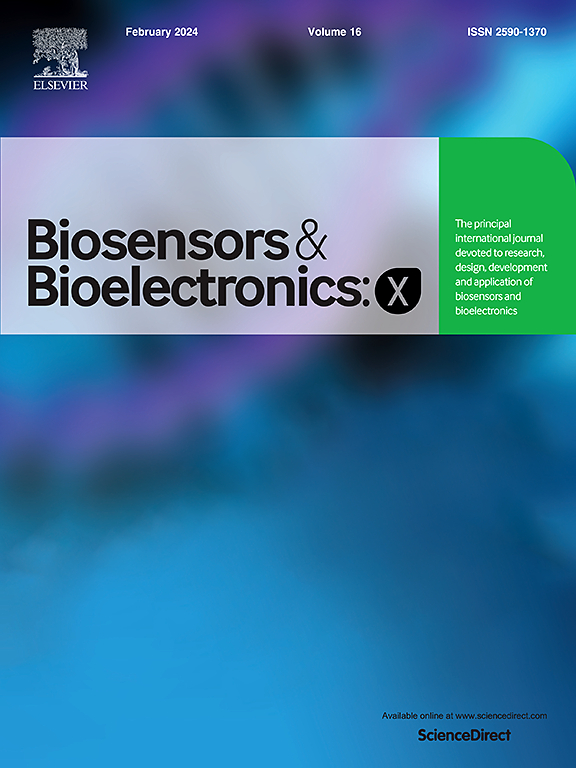酶基水凝胶的制备与应用
IF 10.61
Q3 Biochemistry, Genetics and Molecular Biology
引用次数: 0
摘要
酶是自然界中高效的催化剂,控制着生物系统中无数的反应。酶基水凝胶是一种具有酶活性的三维网络材料,通过将酶装载到水凝胶中或利用水凝胶合成聚合物材料而产生。酶基水凝胶具有较高的生物相容性,在各个领域具有广泛的应用潜力。近年来,研究人员不断探索新的制备方法,以提高酶基水凝胶的物理、化学和生物性能。此外,石墨烯、碳纳米管和金属有机框架(mof)等材料的引入进一步增强了这些水凝胶的生物活性。本文综述了近年来酶基水凝胶的制备方法和结构特点,重点介绍了酶基水凝胶在生物传感器和医学领域的应用,强调了酶基水凝胶的广阔应用前景。本文章由计算机程序翻译,如有差异,请以英文原文为准。
Preparation and application of enzyme-based hydrogels
Enzymes are highly efficient catalysts in nature, governing countless reactions in biological systems. Enzyme-based hydrogels are three-dimensional network materials with enzyme activity, created by loading enzymes into hydrogels or using hydrogels to synthesize polymeric materials. Due to their high biocompatibility, enzyme-based hydrogels exhibit broad application potential in various fields. In recent years, researchers have been continuously exploring new preparation methods to improve the physical, chemical, and biological properties of enzyme-based hydrogels. Additionally, the introduction of materials such as graphene, carbon nanotubes, and metal-organic frameworks (MOFs) has further enhanced the biological activity of these hydrogels. This review summarizes recent preparation methods and structural characteristics of enzyme-based hydrogels, with a focus on their applications in biosensors and medical fields, highlighting the vast application prospects of enzyme-based hydrogels.
求助全文
通过发布文献求助,成功后即可免费获取论文全文。
去求助
来源期刊

Biosensors and Bioelectronics: X
Biochemistry, Genetics and Molecular Biology-Biophysics
CiteScore
4.60
自引率
0.00%
发文量
166
审稿时长
54 days
期刊介绍:
Biosensors and Bioelectronics: X, an open-access companion journal of Biosensors and Bioelectronics, boasts a 2020 Impact Factor of 10.61 (Journal Citation Reports, Clarivate Analytics 2021). Offering authors the opportunity to share their innovative work freely and globally, Biosensors and Bioelectronics: X aims to be a timely and permanent source of information. The journal publishes original research papers, review articles, communications, editorial highlights, perspectives, opinions, and commentaries at the intersection of technological advancements and high-impact applications. Manuscripts submitted to Biosensors and Bioelectronics: X are assessed based on originality and innovation in technology development or applications, aligning with the journal's goal to cater to a broad audience interested in this dynamic field.
 求助内容:
求助内容: 应助结果提醒方式:
应助结果提醒方式:


